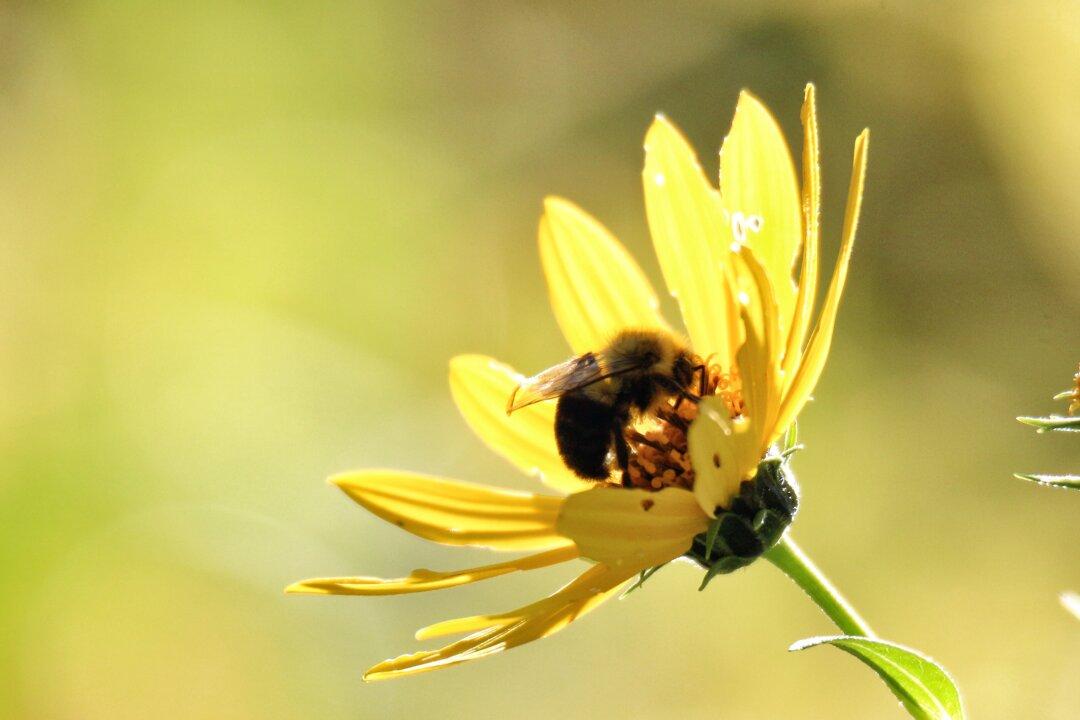Farmers should worry about how many individual wild bees they have pollinating their fields, not how many kinds of bees, according to new research.
In their study of fruit plants in New Jersey, Pennsylvania, and California, ecologist Rachael Winfree and her coauthors find that the abundance of a few dominant species of wild bee is more important than the diversity of bee species pollinating crops.
Wild bees don't have to be managed. Given the right conditions, they just show up.

